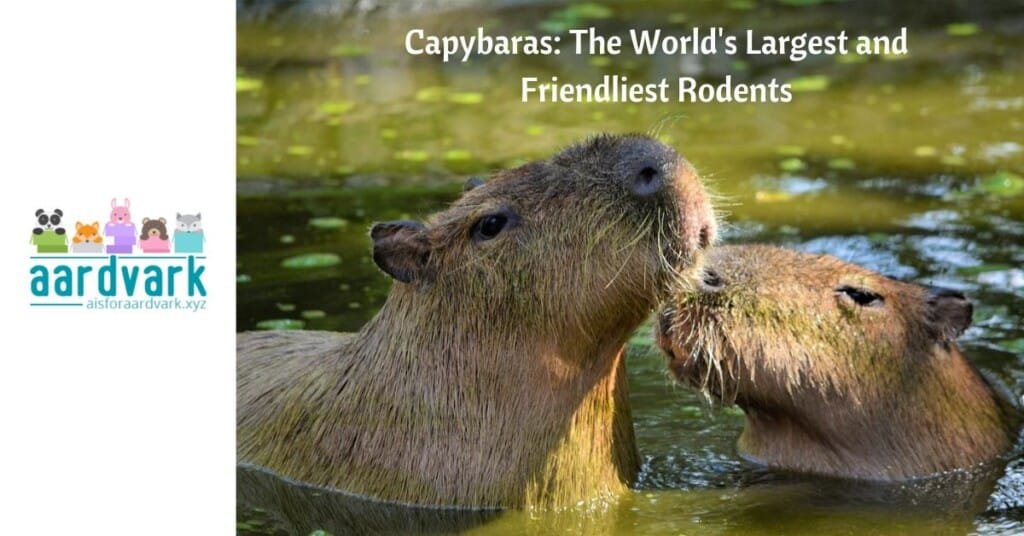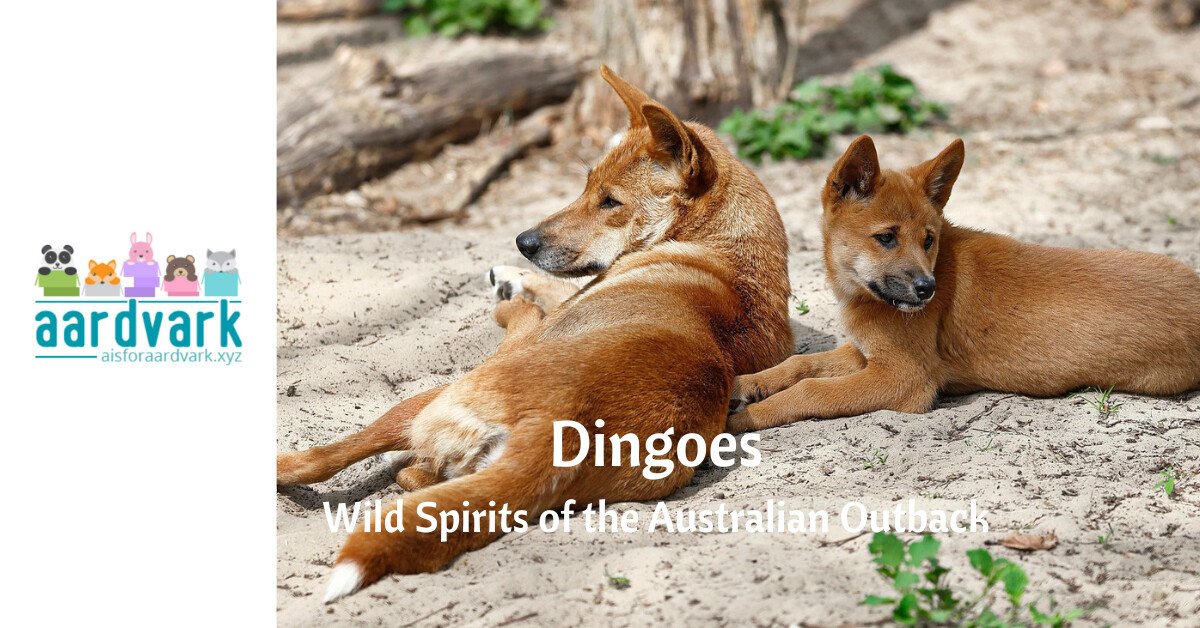Capybaras are the world’s largest rodents, but their calm demeanor makes them beloved rather than despised. They are native to South America and thrive in water-rich habitats such as wetlands, rivers, and savannas.
Despite their size, capybaras are gentle creatures. They’re widely admired for their peaceful interactions with humans and other animals. Their fascinating lifestyle makes them one of the most unique animals in the animal kingdom.
Taxonomy and Species
Capybaras belong to the family Caviidae, which also includes smaller relatives like guinea pigs and cavies. Scientifically known as Hydrochoerus hydrochaeris, capybaras are part of a small group of semi-aquatic rodents. Their closest relative is the lesser-known lesser capybara (Hydrochoerus isthmius), which is found in parts of Panama and Colombia.
The capybara’s evolutionary link to guinea pigs can be seen in its physical characteristics and social behavior, although capybaras are far larger and more adapted to water-based environments.
Physical Characteristics of Capybaras
Capybaras are recognizable by their large, barrel-shaped bodies, sturdy legs, and webbed feet. They may weigh between 77 to 146 pounds (35 to 66 kg) and measure up to 4 feet (1.2 meters) in length.
Their brownish, coarse fur provides insulation when swimming, and their webbed feet make them excellent at it. This adaptation to aquatic life helps capybaras evade predators by spending time in rivers and lakes, where they can stay submerged with only their nostrils, eyes, and ears visible above the water.
Habitat and Distribution
Capybaras are native to South America. They favor habitats rich in water, such as wetlands, rivers, lakes, and marshes.
They are found throughout the tropical and subtropical regions of the continent, with significant populations in countries like Brazil, Venezuela, Colombia, and Argentina.
Capybaras frequently dive into the water to avoid threats like jaguars, caimans, and anacondas. While capybaras spend significant time in water, they are also comfortable on land, where they graze on grasses and plants.
In addition to wetlands, capybaras can be found in savannas and lowland forests as long as they have access to water. Their ability to thrive in a variety of habitats contributes to their wide distribution across South America.
Diet and Feeding Habits
Capybaras are herbivores. Their diet primarily consists of grasses, aquatic plants, fruits, and bark. Grazing is an essential part of their daily routine. They can consume up to 6 to 8 pounds (2.7 to 3.6 kg) of grass in a single day.
Their diet shifts seasonally, depending on the availability of vegetation. In the wet season, capybaras mainly feed on grasses and water plants. In contrast, in the dry season, they may resort to eating tougher plant material, such as tree bark and seeds.
One of the capybara’s most fascinating adaptations is its complex digestive system, which includes a large cecum that helps it break down the cellulose in its fibrous diet. Capybaras are also known to practice coprophagy, in which they consume their own feces to re-digest partially digested food and extract additional nutrients. This efficient digestive process allows them to survive on a diet that might otherwise provide insufficient nutrition for other animals.
Capybaras are social grazers, often feeding in groups that help protect individuals from potential predators. While they graze during the day in protected areas, capybaras tend to be more nocturnal in regions where they face a more significant threat from predators, foraging under the cover of darkness.
Reproduction and Lifecycle
Capybaras have a unique reproductive strategy that revolves around their social structure. Breeding can occur year-round in tropical regions, though it tends to peak during the rainy season when food is more abundant.
Females usually give birth to a litter of 3 to 8 pups after a gestation period of about 150 days. Capybaras are highly social animals, and raising young is often a communal effort. Pups are precocial, meaning they are born fully furred with their eyes open. They’re able to graze on grass within days of birth. However, they continue to nurse for several months.
Capybaras live in groups of about 10 to 40 individuals, led by a dominant male who maintains order within the group. These social structures are crucial for the survival of young capybaras, as the group collectively watches for predators and provides mutual protection.
The young remain with the group until they reach sexual maturity at around 12 to 18 months. At this point, they may leave to form their own groups or challenge existing group leaders.
Capybara Behavior and Social Structure
Capybaras are highly social creatures that thrive in large groups. Where food and water are abundant, the groups tend to be larger.
Their social structure is hierarchical, led by a dominant male who controls access to females and maintains order within the group.
Communication among capybaras is rich, involving vocalizations like purring, barking, and whistling, as well as physical gestures. They are known for their calm demeanor, making them approachable and cooperative within their herds.
Their communal lifestyle is crucial in predator defense, as more eyes mean better vigilance. Since they’re peaceful and non-confrontational, they rarely display aggression toward each other. Disputes are typically resolved through non-violent means, such as posturing or vocalizing.
Capybaras and Human Interaction
Humans have long interacted with capybaras, particularly in their native South America. In rural areas, they are sometimes hunted for their meat and skin. However, hunting is regulated in many countries to prevent overexploitation.
However, capybaras have gained popularity in urban settings and on social media due to their calm and friendly nature. Known for being surprisingly docile, they have even been kept as pets in some places. However, their large size and specific environmental needs make them more suitable for life in spacious habitats than typical homes.
Capybaras are increasingly becoming internet sensations due to their perceived friendliness with other animals. Viral images and videos frequently show capybaras coexisting peacefully with other species, including birds, monkeys, and even cats. Their gentle demeanor and calm temperament have made them popular in memes and online communities, further boosting their fame beyond their native environments.
Capybaras are also commonly featured in eco-tourism experiences, where people can observe them in their natural habitats. Some zoos and animal parks offer interactive experiences with these affable rodents.
Conservation and Environmental Impact
As grazers, capybaras help maintain the balance of plant life in wetlands and grasslands by controlling the growth of grasses and aquatic plants. Their grazing also promotes the regrowth of certain plant species, contributing to the overall health of their environment. In addition, as a prey species, capybaras support the food chains of large predators like jaguars and anacondas, making them an integral part of the ecosystem.
While capybaras are not considered endangered, they do face threats from habitat loss due to deforestation and wetland drainage. Human encroachment into their habitats can reduce access to essential resources, pushing them closer to human settlements, where conflicts can arise.
Capybaras are seen as pests in some areas because they can damage crops and farmland. However, capybaras still thrive in regions where their populations are managed, contributing positively to biodiversity.
The world’s largest rodents, are fascinating animals known for their social behavior, semi-aquatic lifestyle, and calm temperament. Capybaras play an essential role in their ecosystems as grazers and prey species while also capturing the hearts of many people worldwide. Their peaceful nature, adaptability, and increasing popularity as friendly, approachable animals highlight their unique place in the natural world and in human culture. Continued efforts to preserve their habitats and maintain their populations are crucial for ensuring that capybaras remain a thriving and vital part of South America’s diverse wildlife.







